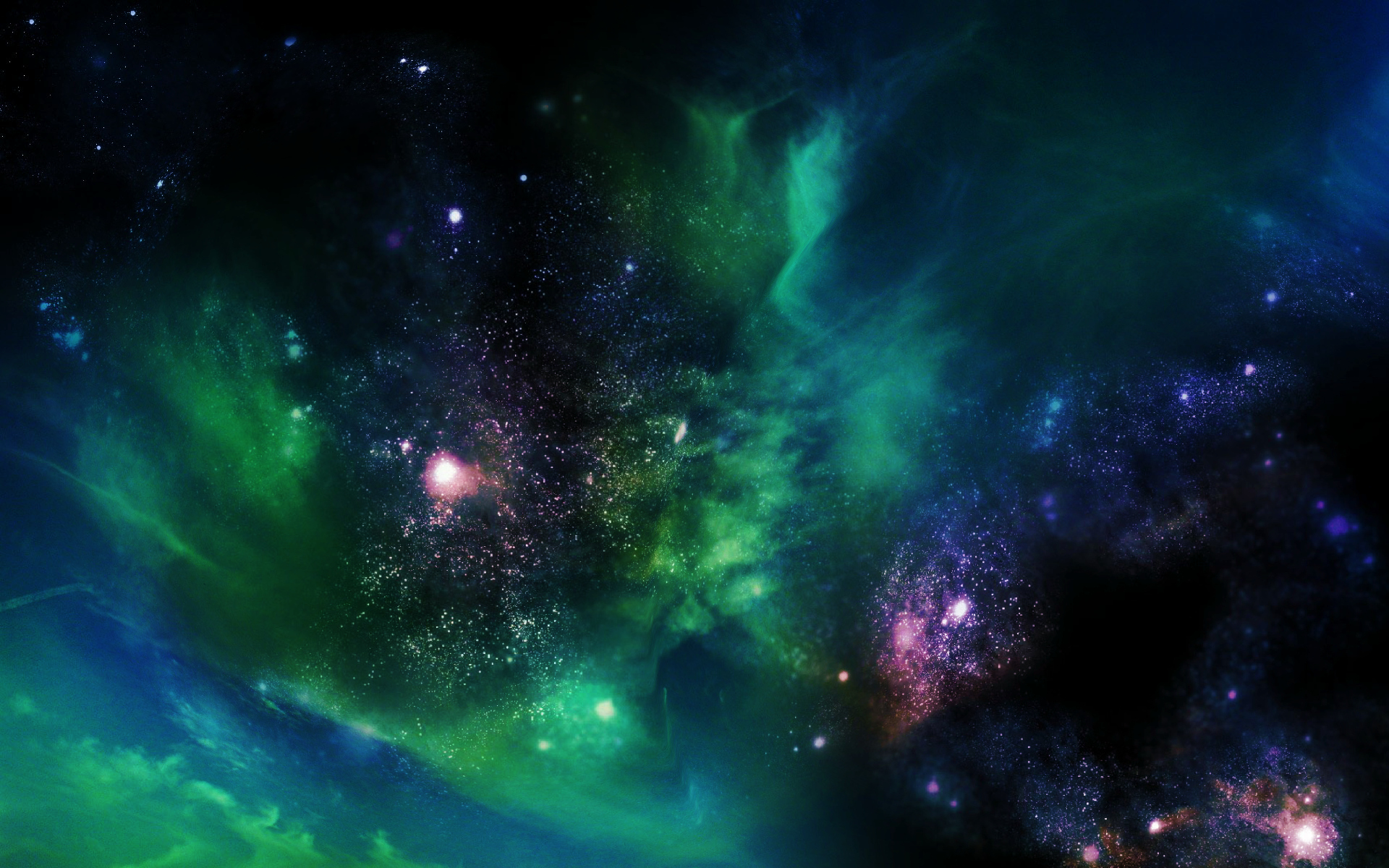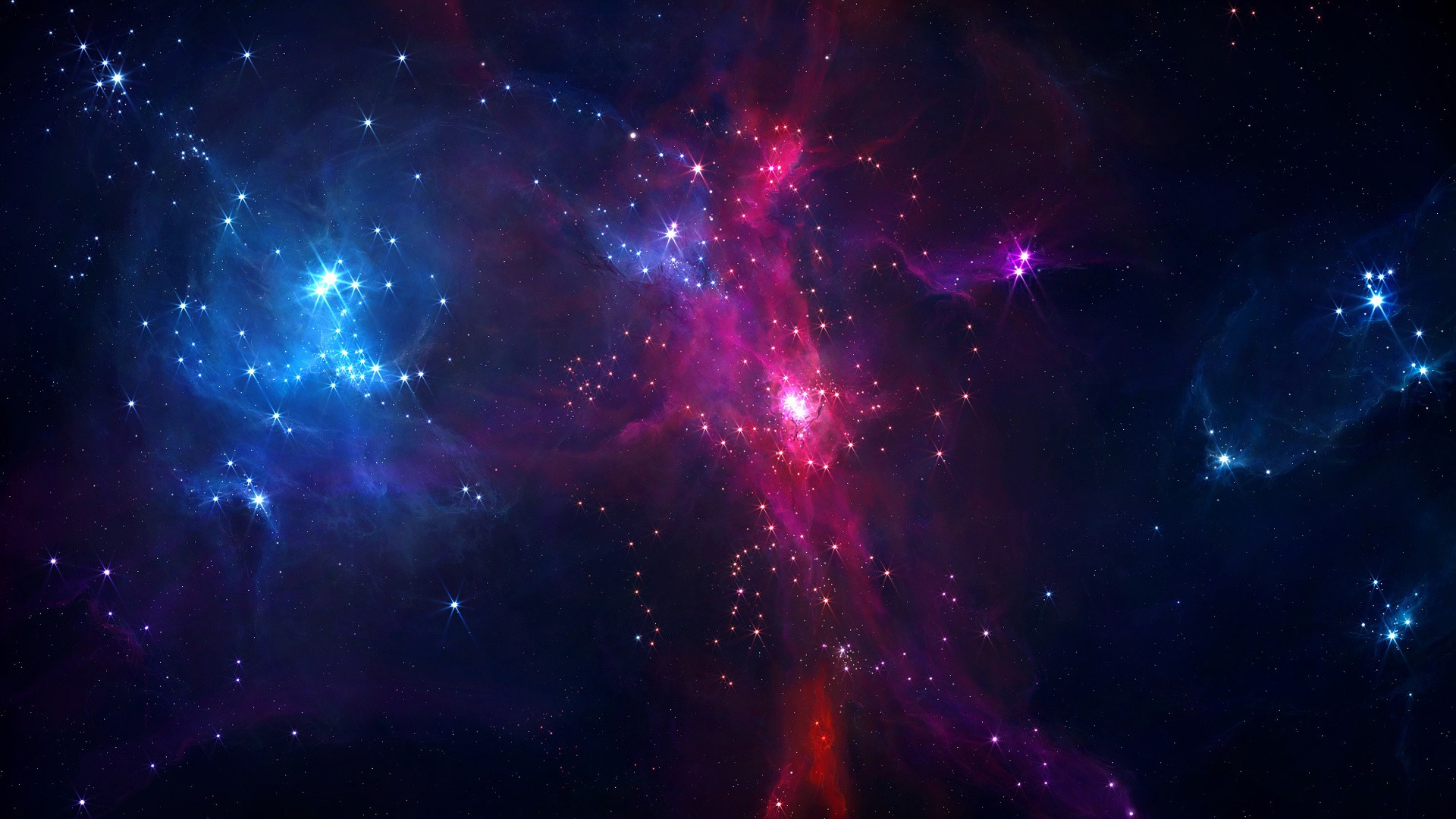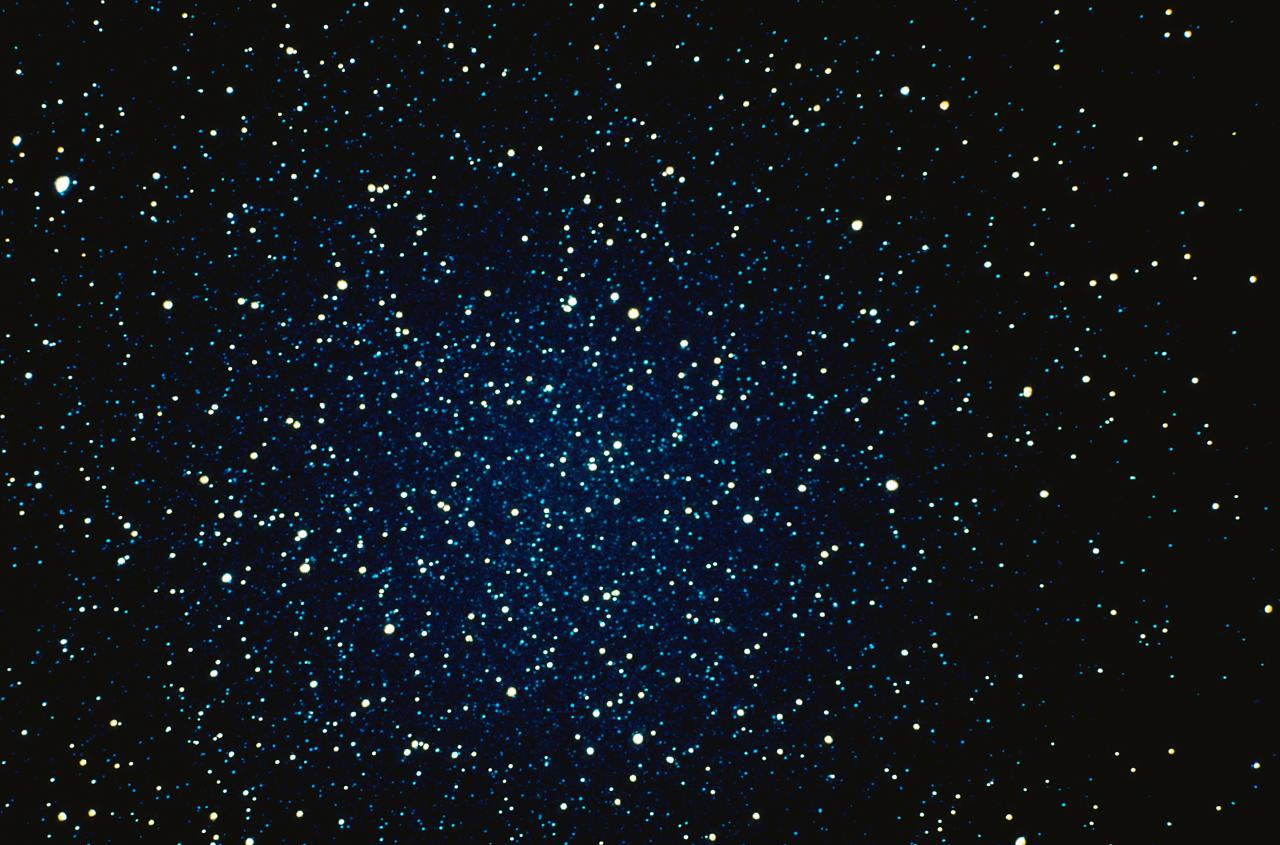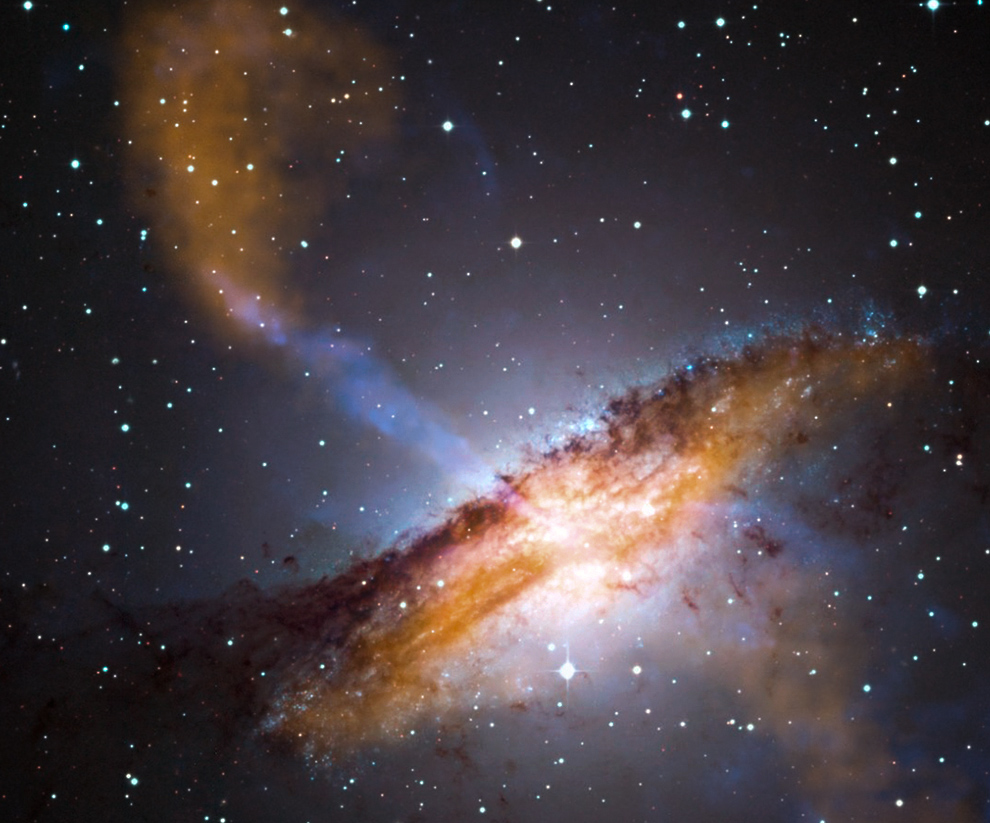
A galaxy with a combination of characteristics never seen before is giving astronomers a tantalizing peek at processes they believe played key roles in the growth of galaxies and clusters of galaxies early in the history of the Universe. The galaxy, dubbed Speca by the team of researchers, is only the second spiral, as opposed to elliptical, galaxy known to produce large, powerful jets of subatomic particles moving at nearly the speed of light. It also is one of only two galaxies to show that such activity occurred in three separate episodes.

Using the deepest X-ray image ever taken, astronomers found the first direct evidence that massive black holes were common in the early universe. This discovery from NASA

(PhysOrg.com) -- In a new study, scientists have proposed that mini black holes may interact with matter very differently than previously thought. If the proposal is correct, it would mean that the time it would take for a mini black hole to swallow the Earth would be many orders of magnitude longer than the age of the Universe.

Astronomers using NASA

The end state of a black hole may be a mind-bending kind of spacetime independent of time, scientists say.

The most massive black holes began growing at a very fast rate when the universe was only about 1.2 billion years old, according to a new study by astronomers in Tel Aviv.

Scientists using NASA's Fermi Space Telescope have detected antimatter produced above thunderstorms on Earth, a phenomenon never seen before.

And, like cosmic Russian dolls, our universe maybe nested inside a black hole in another universe, a new study says.